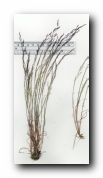
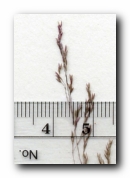
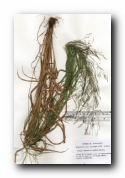
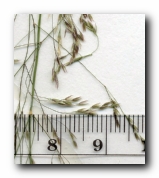
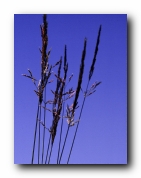
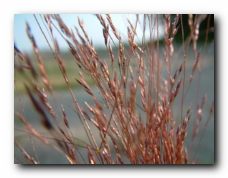
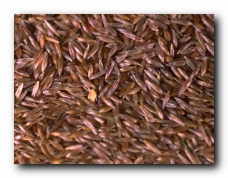
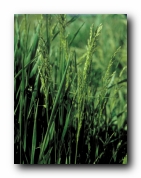
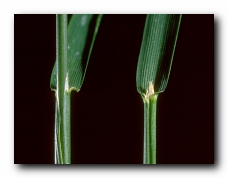
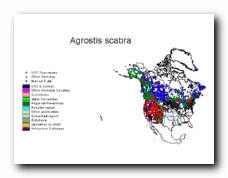
40" Rows: Broadcast:
Loam:
Clay:
Habit: Tufted annual, delicate. Culms: Erect or decumbent at base; slender; weak; 10-40 cm. high. Blades: Folded to involute to flat; 1-8 cm. long, 0.5-1.5 mm. wide, scabrous; boat-shaped tip. Sheaths: Shorter than the internodes, smooth or slightly scabrous, striate. Ligule: Membranous, about 1-5 mm. long. Inflorescence: Panicle weak, open and drooping, narrow, 5-20 cm. long, the capillary fascicled branches naked below, spikelet bearing towards the ends, the whole panicle breaking away at maturity. Spikelets: 1.5-2 mm. long, linear-lanceolate, numerous, small, 1-flowered, disarticulating above the glumes. Glumes: Nearly equal, 1-2 mm long, persistent, membranous, keeled, acute, awnless, scabrous on the keel and margins. Lemmas: 1-1.5 mm. long, acute or minutely 2-toothed, thin-hyaline, with a slender, flexuous, delicately pilose awn, 5-10 mm. long, inserted below the tip, or sometimes awnless. Palea: Wanting. Habitat: Dry soil, in fields and waste places. May-July. Synonyms: Agrostis exigua Thurb.Synonyms: Agrostis exigua Thurb.
Special Notes:
Winter Bentgrass (Agrostis hyemalis) Information